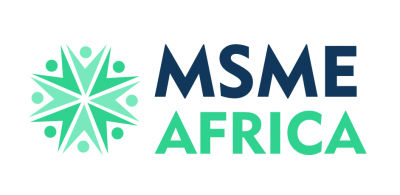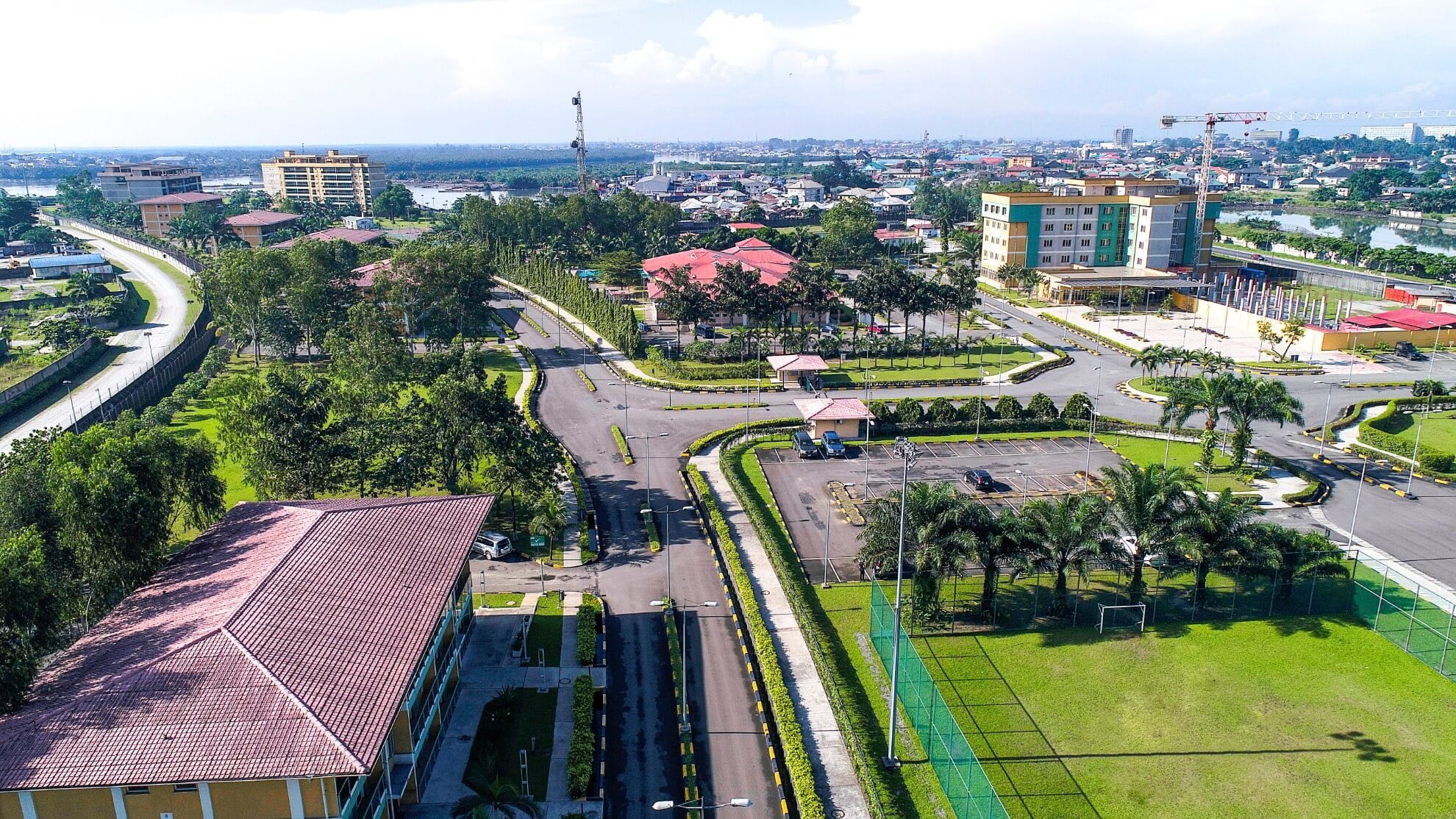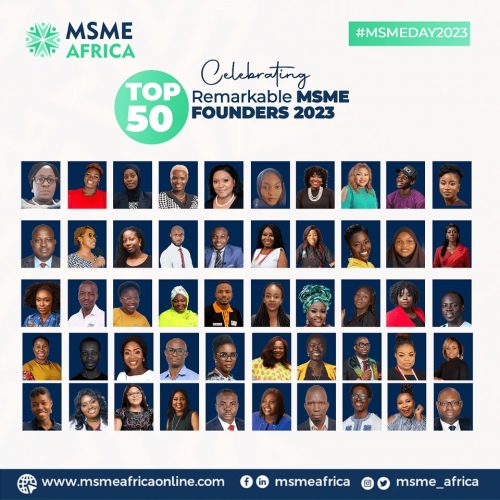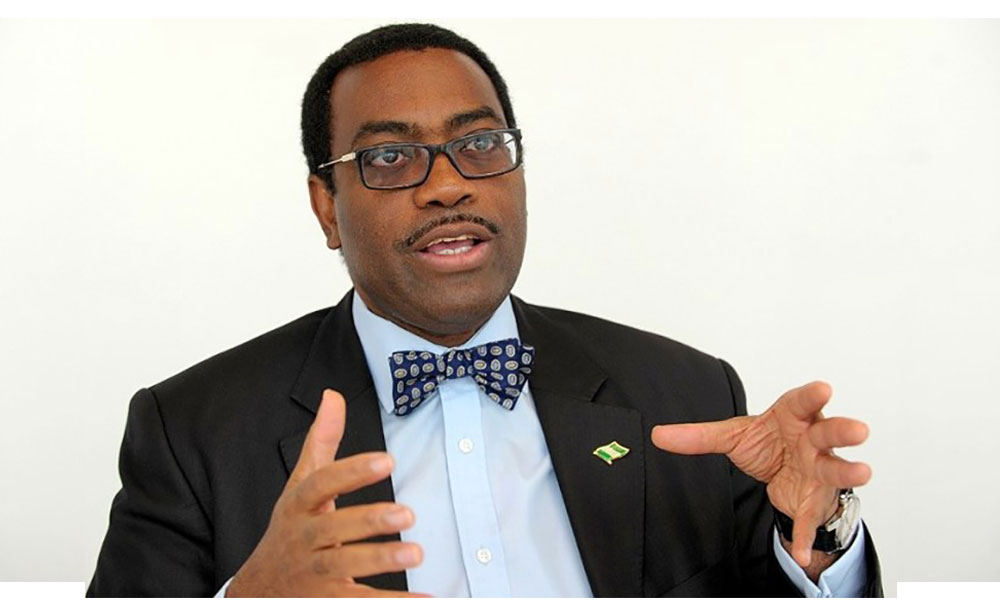The World Bank and African Development Bank (AfDB) have announced a $40 billion financing initiative to address Africa’s electricity deficit through the Mission 300 program. The plan aims to provide electricity to 300 million Africans by 2030, leveraging $30 billion from the two multilateral lenders and an additional $10 billion expected from private institutions.
To qualify for funding, African nations must implement regulatory reforms to attract private investment and commit to using the lowest-cost electricity sources, primarily renewable energy. Thirteen nations, including Nigeria, Chad, Ivory Coast, and the Democratic Republic of Congo, will present their energy strategies at a Mission 300 summit in Tanzania later this month.
Franz Drees-Gross, World Bank’s director of infrastructure for Western and Central Africa, highlighted that 570 million of the 680 million people globally without electricity reside in sub-Saharan Africa. High population growth is compounding the challenge, making it difficult to expand electricity coverage across the region.
Countries participating in Mission 300 must commit to:
– Running competitive tenders for privately built power projects.
– Ensuring utility prices are high enough to cover operating costs.
– Developing clear roadmaps to achieve universal electricity access.
These reforms, though politically challenging, are essential for overhauling Africa’s energy sector, according to Drees-Gross.
Half of the 300 million targeted will be connected through national grid projects, while the other half will gain access via off-grid technologies such as solar mini-grids.
To mitigate risks for private investors, the AfDB, which has pledged $5 billion to the initiative, will establish guarantees and other financial mechanisms. Wale Shonibare, AfDB’s director of energy and financial solutions, emphasized the role of private sector developers, financial institutions, sovereign wealth funds, and philanthropies in making renewable energy investments across sub-Saharan Africa more attractive.
Electricity access in sub-Saharan Africa varies significantly, ranging from just 1% in South Sudan to 94% in South Africa, according to the International Energy Agency.
The Mission 300 program represents a critical effort to close this gap, enabling sustainable development and economic growth across the continent.










